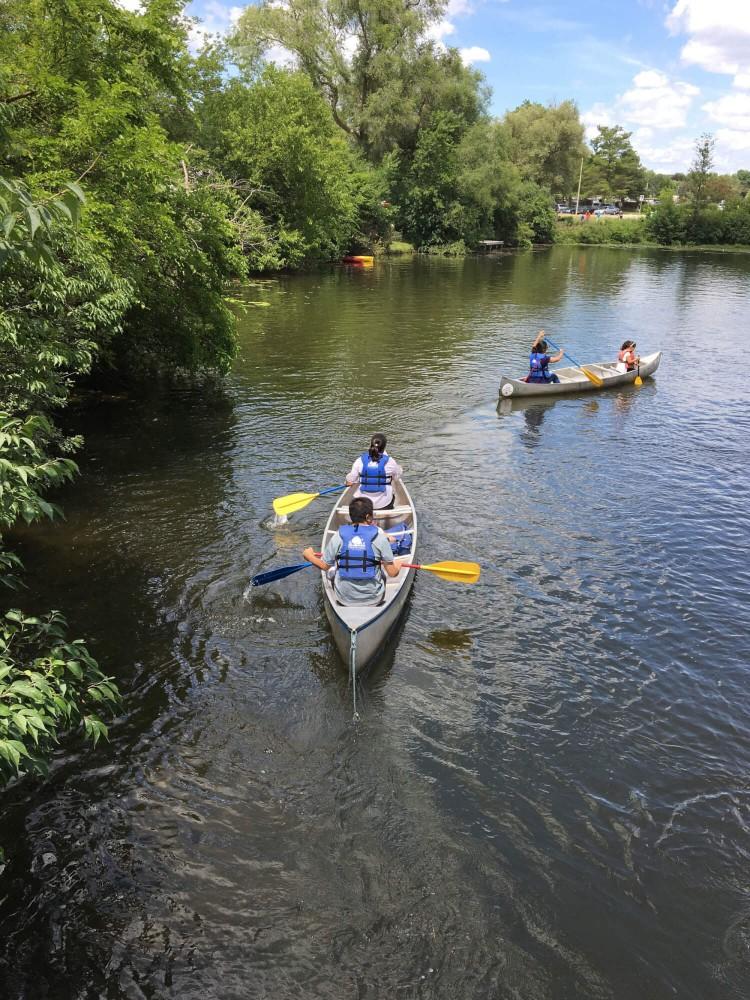GVSU professors contribute to economic study of Huron River

GVL / Courtesy – gvsu.edu
Nov 2, 2017
What is the monetary value of a river? Some might say it’s impossible for a river to have a price tag, but according to a recent study conducted by several Grand Valley State University faculty members, the Huron River contributes at least $78.6 million to the southeast region of Michigan every year. This study looked at many different factors to estimate the economic value of the Huron River.
“We worked with the Huron River Watershed Council to measure the economic value of the Huron River, including its recreation value and also the value of its scenic amenities and other ecosystem services,” said Erik Nordman, associate professor of biology. “I did a portion of the economic analysis that was the real-estate study. So, we used a technique called a hedonic model to tease apart the influence of proximity to the river on housing price.”
Nordman and Paul Isely, associate dean of undergraduate programs in the Seidman College of Business and GVSU economics professor, were a part of the study, which teamed the university with the Huron River Watershed Council. The river has a large impact on the region it runs through.
“The recreation and value along the river was approximately equivalent to an entire season of U of M home football games,” Isely said. “It’s worth 20 percent more than an entire season of visitors to Badlands National Park, or it’s worth more than an entire quarter of net income for Domino’s (Pizza).
“I was able to do the initial consult with the groups wanting to do it to get the study funded. It was my job to make sure that the results that were coming from all of this were correct and up to my standards. So, I had more oversight and less day-to-day.”
Isely found it interesting how much value the people of West Michigan place on natural resources such as the Huron River.
“Interestingly enough, when we value how much an individual values the natural resources, we actually see slightly higher levels here in West Michigan than we do in East Michigan,” Isely said. “It’s very interesting to me because we have lots more substitutes here, and it’s much easier for us to get to natural areas than it is for somebody in the Detroit/Ann Arbor area, yet we value making it to those areas higher.”
Nordman was interested in exploring part of the state he’d never had the opportunity to explore before.
“I’m originally from New York, and I’ve been at Grand Valley for 12 years now, so I know the west side of the state pretty well, but I had not really spent much time on the east side,” Nordman said. “It was great to learn about the communities in the Huron River area and get to explore the river a little bit.”
Both Isely and Nordman enjoyed taking part in this study and have already begun working on a couple of similar studies for different bodies of water.
“This was a really great study to be a part of because we looked at so many different dimensions of the environment around the Huron River,” Nordman said. “Myself, Dr. Isely … and Julie Cowie, the project manager, are working right now on an economic evaluation for Muskegon Lake.”





















